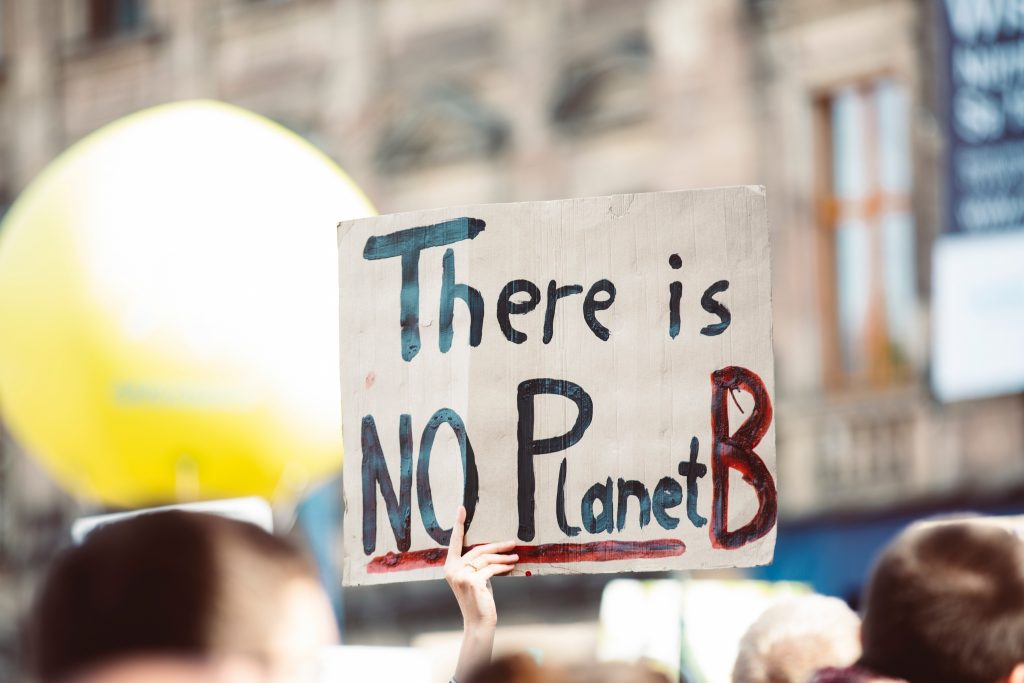What do the terms ‘climate change’, ‘climate modelling’, ‘climate impacts’, mean? Let’s read on to find out.
Understanding climate and Climate Change
First, what is climate? “Climate is the long-term pattern of weather in a particular area. Weather can change from hour-to-hour, day-to-day, month-to-month or even year-to-year. So, climate refers to a region’s weather patterns which have been tracked for at least thirty years (Caryl-Sue, 2017). Second, what is ‘climate change’? Although the climate does not change from day to day, it can change over time. In the nineteenth century, the climate is changing due to human activity – such as the burning of fossil fuel and deforestation.
Global Warming
As a result of these human activities, ‘greenhouses gases’ or heat-trapping gases are released into the atmosphere. Higher concentration of ‘greenhouse gases’ in the atmosphere causes ‘Global Warming’. As a result, we experience rising temperatures, melting glaciers, and more intense weather phenomena (Caryl-Sue, 2017).
Often, ‘global warming’ is used as a synonym for Climate Change. However, apart from rising average temperatures, Climate Change is used to describe complex shifts affecting Earth’s weather and climate systems (Nunez, 2019).

Climate Change bears negative impacts on existing habitats and species. To mitigate these negative impacts, corrective changes must occur. Increasingly, there is fear that whole islands will drown, species will die out and habitats will shrink. Despite this fear, very little that needs to change has yet changed. Why has so little changed?
Climate Change misinformation, politics and propaganda
One explanation is misinformation, politics and propaganda (Kate Ravilious, 2019). For example, scientific misinformation about Climate Change has been increasingly integrated into US political philanthropy (Farrell, 2019). Misinformation campaigns funded by fossil fuel lobbyists designed to mislead politicians are evident (Kate Ravilious, 2019). At the same time, misinformation campaigns deployed on social media outlets are all too common (Davis Coombe, Vickie Curtis, & Jeff Orlowski, 2020).
It is evident, that both the classes and the masses are being taken in by false information. Foolishness has infected humanity’s collective consciousness. A blind spot to the dangers of Climate Change has taken root.
Is there a counter-step?
So, how can humanity erase this foolish and dangerous blind spot? Foolishness is like a poison, according to Nichiren, a thirteenth-century Japanese monk. Nichiren, in fact, identified three poisons – foolishness, greed and anger. Each of these three poisons invites “three inauspicious occurrences”, respectively – pestilence, famine and warfare (Burton Watson).
But a Pandemic threatens…
When we look around at the world today, indeed we are in the grip of a pandemic. UN Secretary-General Antonio Guterres describes it as ‘the greatest crisis humanity has faced’. Disrupted supply chains have created shortages everywhere. There are reports of diplomatic squabbles amongst nations. If Nichiren were alive today, he would draw a link between current affairs and humanity’s past mistakes rooted in – foolishness, greed and anger.
In wisdom lies the cure…
So what is the cure to foolishness, greed and anger? According to Nichiren, ‘wisdom’ cures the three poisons (Burton Watson). Human actions, rooted in wisdom may avert the crises of pestilence, famine and warfare. So also, coordinated, collective efforts, rooted in wisdom may challenge both crises of Coronavirus and Climate Change.
But, where does wisdom lie? With respect to Climate Change, we are fortunate that a political agreement around the next best steps already exists. In 2015, 196 nations came to ‘The Paris Agreement’ to strengthen the global response to the threat of Climate Change (United Nations Climate Change, 2020). Apparently, if carried out properly, the politically motivated Paris Climate Agreement represents the most economically favourable pathway to follow. (Nicole Glanemann, Sven N. Willner, & Anders Levermann, 2020). There is hope.
Meanwhile, THRIVE Project supports organisations towards sustainable decision-making.
References
Burton Watson. The Record of the Orally Transmitted Teachings: Soka Gakkai.
Caryl-Sue. (2017). All About Climate. Classroom Resources. Retrieved from https://www.nationalgeographic.org/article/all-about-climate/
Christina Nunez (2019). What is global warming, explained. Reference. Retrieved from https://www.nationalgeographic.com/environment/global-warming/global-warming-overview/
Davis Coombe, Vickie Curtis, & Jeff Orlowski (Writers) & Jeff Orlowski (Director). (2020). The Social Dilemma. In: Netflix.
Farrell, J. (2019). The growth of climate change misinformation in US philanthropy: evidence from natural language processing. Environmental Research Letters, 14(3), 034013. doi:10.1088/1748-9326/aaf939
Kate Ravilious. (2019). Machine learning reveals links between climate misinformation and philanthropy. Retrieved from https://physicsworld.com/a/machine-learning-reveals-links-between-climate-misinformation-and-philanthropy/
Nicole Glanemann, Sven N. Willner, & Anders Levermann. (2020). Paris Climate Agreement passes the cost-benefit test. Nature Communications, 11(1), 110. doi:10.1038/s41467-019-13961-1
United Nations Climate Change. (2020). The Paris Agreement.






















